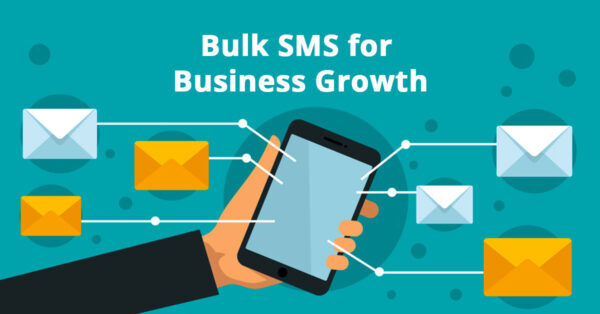
SMS (Short Message Service) has emerged as a powerful tool for startups to engage with their customers effectively. However, it’s essential to understand the distinction between promotional and transactional SMS to maximize the impact of your messaging strategy. In this article, we will explore five major differences between promotional and transactional SMS, equipping startups with the knowledge they need to make informed decisions and create impactful communication campaigns.
5 Major Differences Between Promotional and Transactional SMS

Example of Promotional SMS and Transactional SMS Credit: GoCRM
1. Purpose and Content:
Promotional SMS aims to raise awareness, drive sales, and promote offers or services. These messages typically contain marketing content, such as discounts, product launches, or event invitations. On the other hand, transactional SMS serves a functional purpose, providing important information or updates related to a customer’s specific interaction, such as order confirmations, shipping notifications, or password resets.
2. Opt-In Requirement:
Promotional SMS requires the prior consent of the recipients, which means customers must have explicitly opted in to receive marketing messages. This consent can be obtained through various means, such as online forms, checkbox opt-ins, or SMS subscription services. In contrast, transactional SMS does not require explicit opt-in as it is deemed essential for providing relevant information or updates related to a customer’s interaction or transaction.
3. Timing and Frequency:
Promotional SMS campaigns are typically scheduled at strategic times to maximize their impact, such as during peak shopping seasons or when launching a new product. However, it’s important to strike a balance and avoid overwhelming recipients with excessive messaging. Transactional SMS, on the other hand, are triggered by specific customer actions or transactions and are typically sent in real-time or within a short timeframe of the event.
4. Regulatory Compliance:
Promotional SMS is subject to stringent regulations and compliance requirements, such as obtaining consent, providing clear opt-out instructions, and adhering to specific guidelines on message content and sender identification. Transactional SMS, while still subject to some regulations, generally have fewer restrictions as they are considered essential for customer interactions.
5. Sender Identification:
Promotional SMS often utilizes a brand or business name as the sender identification, allowing recipients to recognize the source of the message. This helps build brand recognition and establishes credibility. Transactional SMS, on the other hand, typically use a short code or a long number as the sender identification to indicate their functional nature and ensure prompt delivery.

Credit: Selligate Technologies
Conclusion:
Understanding the key differences between promotional and transactional SMS is crucial for startups looking to optimize their communication strategies. By recognizing the purpose, content, opt-in requirements, timing, compliance, and sender identification nuances, startups can deliver targeted and impactful messages to engage with their customers effectively. Whether driving sales, promoting offers, or providing essential transactional information, leveraging the power of SMS can significantly enhance customer engagement and contribute to the success of a startup’s growth journey.


